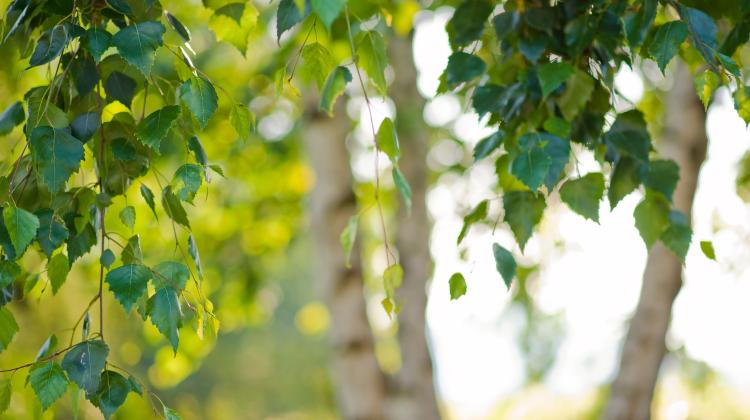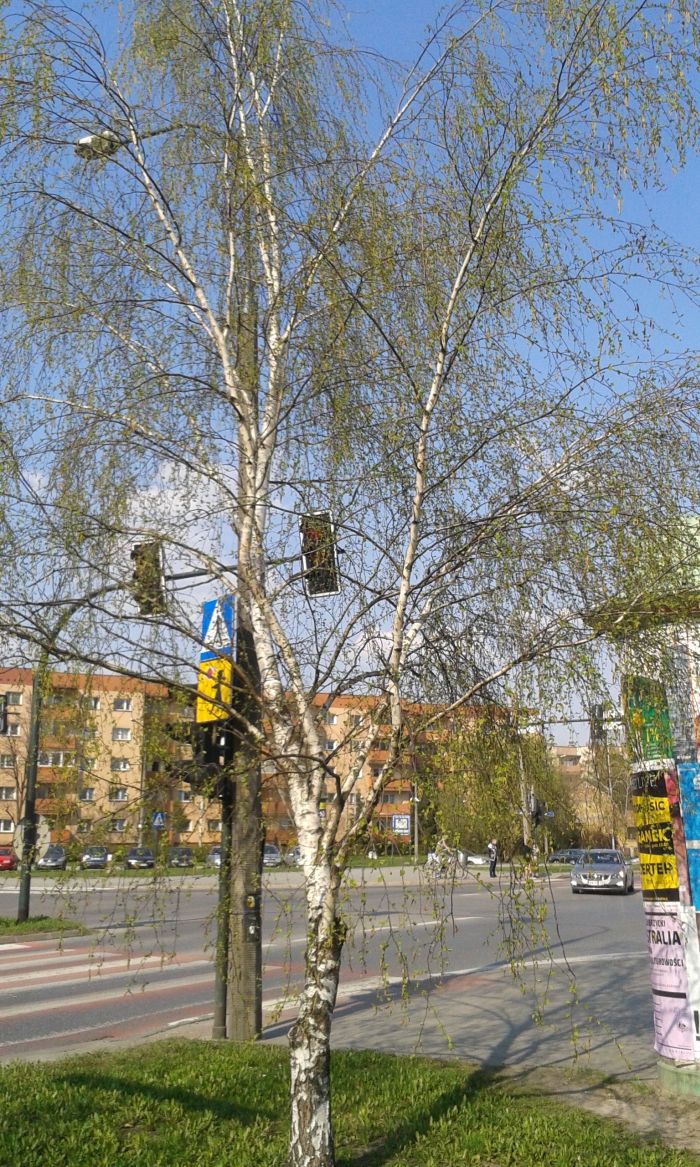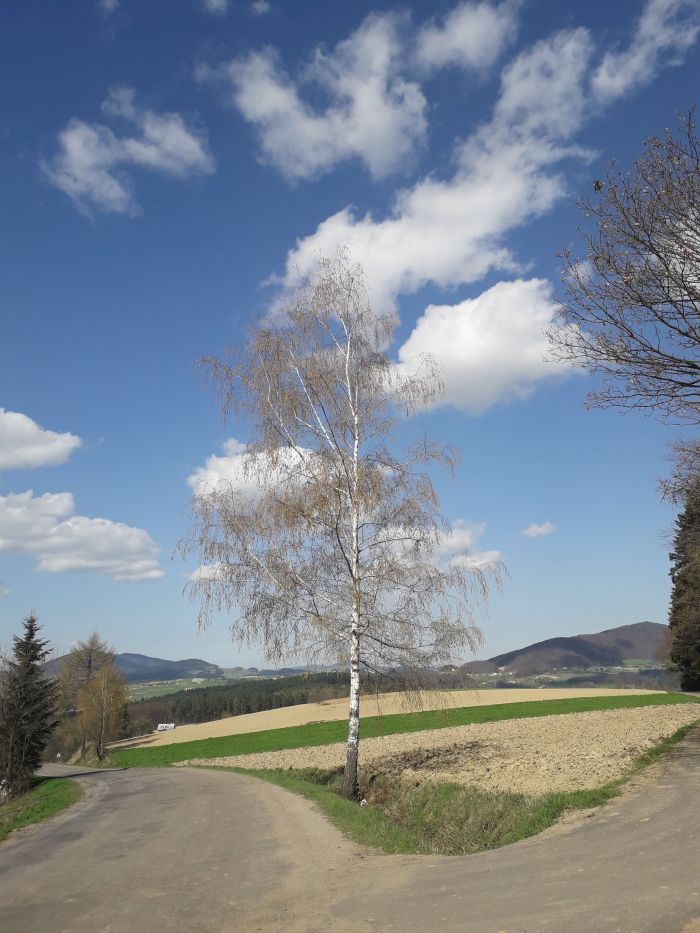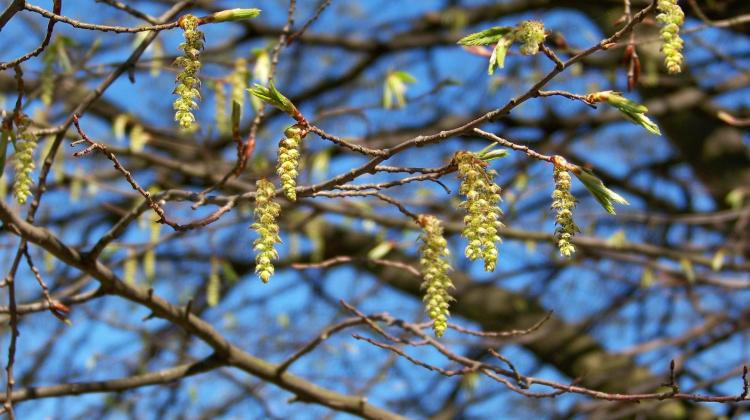Birch trees in polluted cities produce more allergens
 Fot. Adobe Stock
Fot. Adobe Stock
Birch pollen in cities contains higher levels of allergenic proteins, Polish researchers have found. It turns out that pollution 'stresses' trees. Trees defend themselves by producing stress proteins. This can increase the content of allergens in pollen.
Dr. Dorota Myszkowska from the Jagiellonian University Medical College (UJ CM), a co-author of the paper published in PLoS ONE, spoke to the Polish Press Agency about the research project.
CITY PARADOX: LESS GREENERY, MORE ALLERGENS
Epidemiological data show that there are more people with respiratory, pollen allergies (reactions to natural plant allergens) in cities. And yet there is less greenery there than in other areas. Such observations are not limited to Europe. For example, the number of people allergic to cedar pollen increased in Japan after a large area of cedar forests was cleared and a highway was built.
Why does this happen? Many experimental studies show that air pollution can increase the reactivity of natural pollen allergens.

“We investigated this issue in Kraków, where the problem of air pollution is serious. We measured the pollen concentration and studied both the pollen itself and birches growing in natural conditions. We checked the allergenicity of birch pollen, the most allergenic protein of which is Betv1, named after the Latin name of the silver birch - Betula pendula,” says Dr. Myszkowska.
The first author of the paper presenting the results of the study is Dr. Iwona Stawoska from the Pedagogical University of Krakow. The other co-authors are experts from the Pedagogical University of Krakow, the Jagiellonian University and the Institute of Plant Physiology of the Polish Academy of Sciences: Jakub Oliwa, Andrzej Skoczowski, Aleksandra Wesełucha-Birczyńska, Diana Saja-Garbarz and Monika Ziemianin from the Jagiellonian University Medical College - the NCN Prelude research project leader.
POLLEN IS PROTEIN
Dr. Myszkowska explains that pollen is a particle that the plant uses to reproduce. Its composition includes various types of active substances, including proteins and glycoproteins (proteins containing sugars).
In the climatic zone of Central Europe, the Betv1 protein that is responsible for the most allergies in people allergic to pollen. It takes second place after grass pollen as the most common cause of pollen allergies. While there are plants that produce a lot more pollen than birches, these pollens contain low-allergenic proteins.
The Polish team continues previously started research. As part of the Polish National Science Centre's Prelude project, the researchers analysed birches of the species Betula pendula at 20 locations, including 10 in Kraków and 10 outside the city, including a forest habitat in the Lower Beskids. The researchers examined the trees themselves and compared the content of the major allergen, Betv1.
TREES ARE INNOCENT
“The concentration of allergens turned out to be highest at the sites in Kraków, particularly those exposed to environmental pollution (especially particulate matter and nitrogen oxides). It was clearly lower outside the city,” says. Dr. Myszkowska
The scientists checked whether the reason was that urban trees physiologically differed from representatives of the same species growing in less polluted environments. They indeed observed a certain physiological difference between the birches in Kraków and the surrounding areas, however, these differences were insignificant - for example, they concerned the cuticle produced by leaves to protect themselves against the impact of pollution (such leaves were harder). The scientists did not find evidence that birches in cities had become more 'vicious'.

The research also included the examination of plant activity related to photosynthesis and the content of pigments. The trees did not differ significantly enough to strongly determine the content of the Betv1 protein in the pollen.
YOU'RE STRESSING ME OUT!
However, higher concentrations of plant stress protein were observed in urban birches. The scientists explain that environmental pollution can be stressful for plants. This factor could trigger a defence response and the release of defensive proteins. A vicious cycle starts: plants release defensive proteins in response to stress, and along with them, more allergenic ones. That is why more people may be allergic to birch pollen in urban environments.
Dr. Iwona Stawoska's research took into account the secondary structure of proteins. Here too, differences in allergens from cities and areas outside of cities were observed. The scientists will continue to search for answers to the question of why the concentrations are higher in cities.
Dr. Myszkowska cites the opinions of doctors who warn against underestimating allergies and their symptoms. Untreated respiratory allergies, especially pollen allergies, lead to the development of asthma and atopic dermatitis. If someone has noticed a runny nose, itching skin, or even shortness of breath for several seasons, they should not wait for the symptoms to disappear or treat themselves. This condition should be diagnosed by a doctor and the appropriate therapy for each patient should be applied.
PAP - Science in Poland, Karolina Duszczyk
kol/ zan/ kap/
Przed dodaniem komentarza prosimy o zapoznanie z Regulaminem forum serwisu Nauka w Polsce.


















